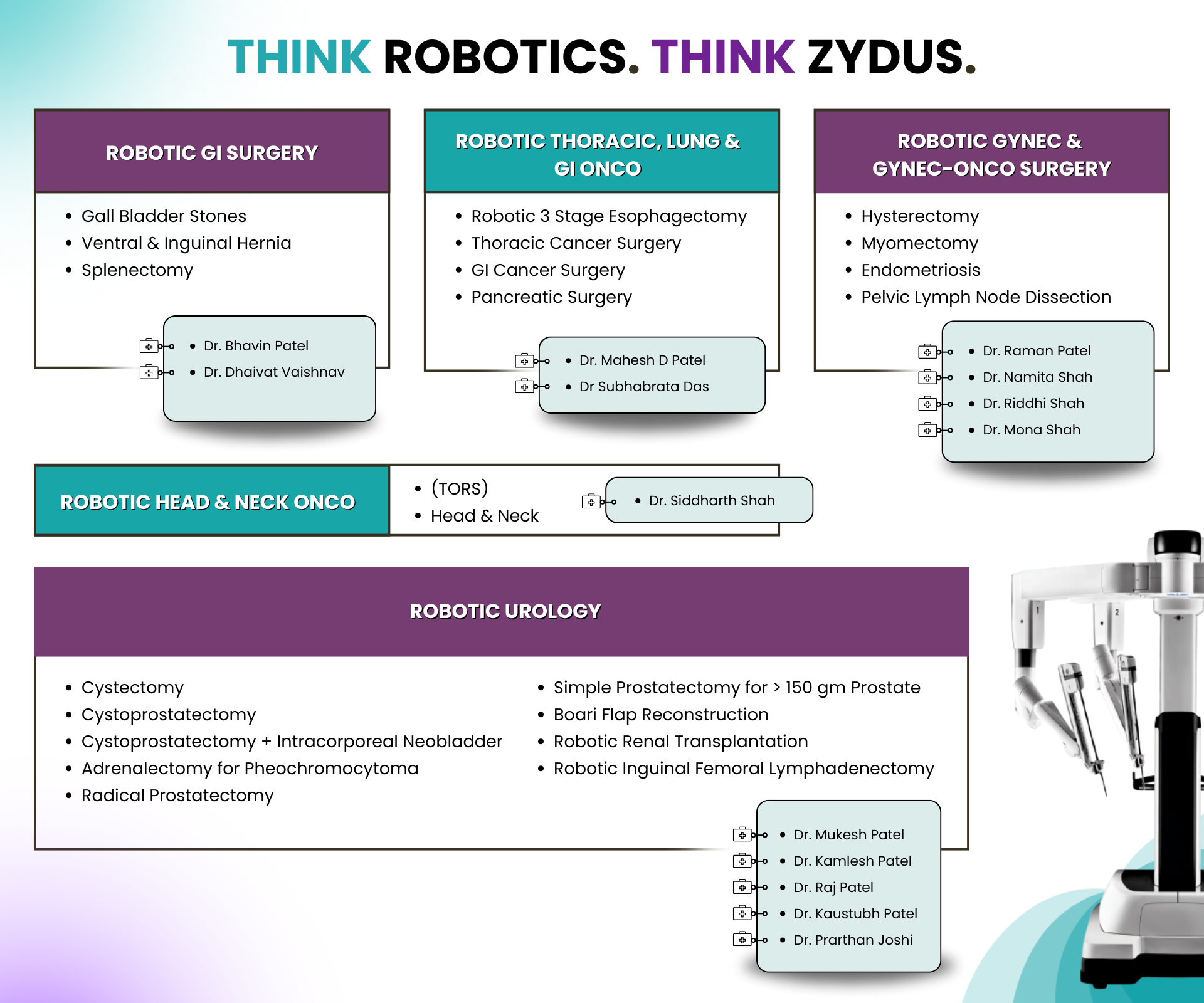
Vestibular Rehabilitation
- Medical Specialities
- Physiotherapy & Rehabilitation
- Vestibular Rehabilitation
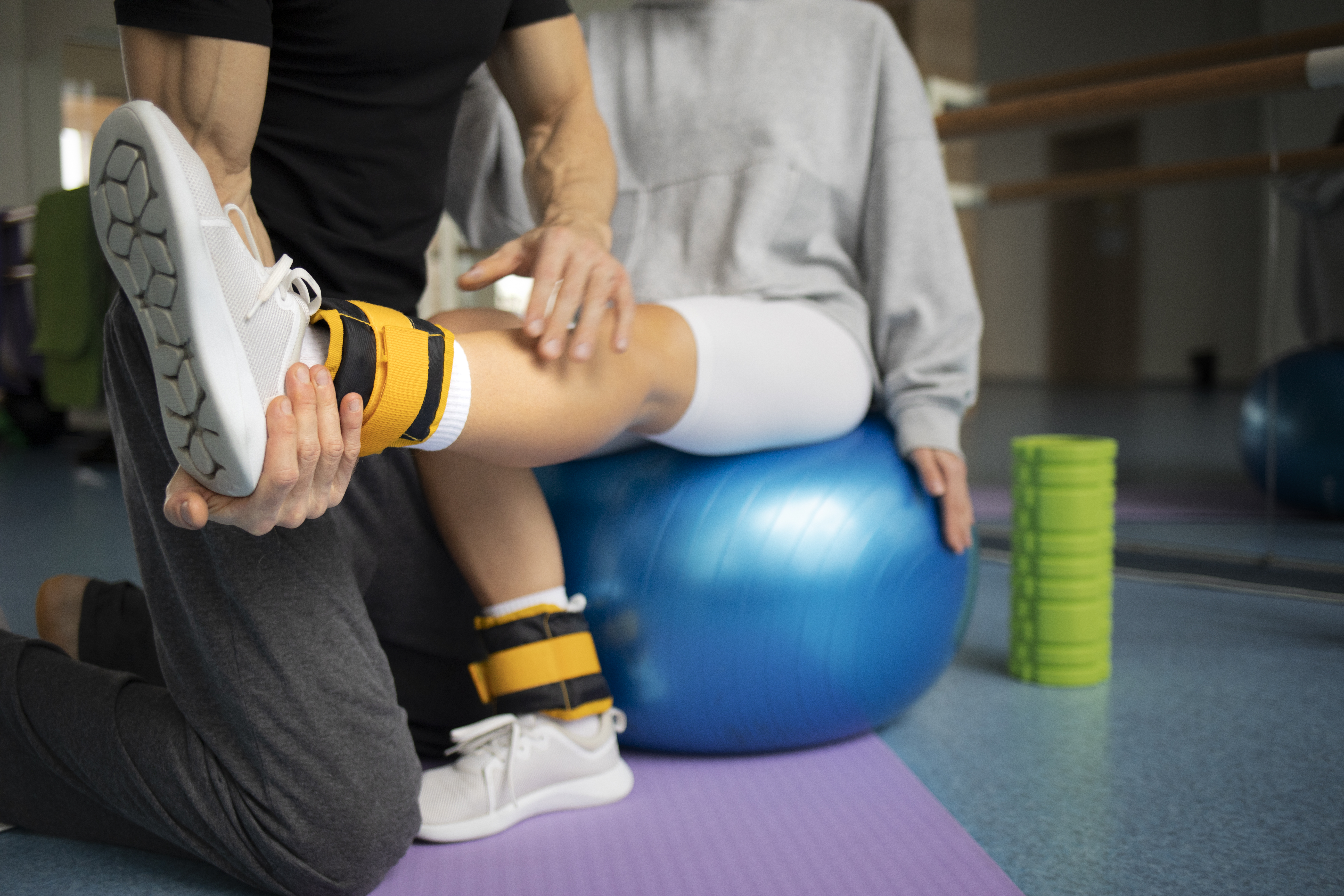
-
Vestibular rehabilitation
-
Vestibular disorder individuals may experience varying levels of dizziness and postural instability. They may have an inner ear or vestibular system problem. Many people with inner ear damage may stop exercising or moving their head
-
Following a thorough evaluation, physiotherapist trained in vestibular rehabilitation will design individualized exercise programs to address these complaints.
-
Studies have shown that customized and supervised exercise are more beneficial than unsupervised general fitness exercises for people with vestibular disorders.
-
Exercises for the treatment of dizziness and postural instability are based on the principles of adaptation, substitution, and habituation.
-
Recovery of gaze and postural stability after vestibular insult is supported by the ability of the remaining vestibular system to adapt its response to relevant stimuli.
-
In some cases, it is necessary to encourage the use of other systems or strategies to substitute for lost or decreased vestibular function.
-
Those who experience position and movement induced dizziness, habituation exercises are indicated to decrease their response by provoking stimuli.
-
Additional exercise may also be prescribed to address other impairments that may be affecting a person’s stability, such as decreased lower extremity strength and flexibility.
-
To deal with vertigo, gaze instability, imbalance or fall, we have vestibular rehabilitation experts who help in making your routine safer and more comfortable.
-
Vestibular rehabilitation is an exercise-based program, designed by a specially trained vestibular physiotherapist, who will go through the assessment and design a protocol of exercise.
-
Dizziness can be described as follows:
-
Feeling of unsteadiness
-
Light-headedness
-
A sensation of moving, spinning, swaying and floating
- Improving complaints of visual disturbance with movement.
- Improving static and dynamic balance.
- Decreasing fall risk.
- Reducing general complaints of dizziness.
- Resolving positional vertigo.
- Increasing participation in functional and social activities
- Improving overall fitness.
-
Orthopaedic and sports rehabilitation
-
Orthopaedic and sports physiotherapy can be life-changing. A skilled physiotherapist can get you back on track with your daily activities after surgery, injury, accident or illness.
-
Orthopaedic physiotherapy involves the care of the entire musculoskeletal system, which includes bones, muscles, ligaments, tendons, joints and connective tissue.
-
Additionally, our sports medicine program is designed to address the sports related injuries that are a common occurrence affecting both young and adult athletes. A physiotherapist works to integrate all the bodily systems with your musculoskeletal system to treat your injury or condition like neck pain, back pain, trigger finger, calcaneal spur, tennis elbow, frozen shoulder, sprains, joint pain and post-surgical orthopaedic cases.
-
Early rehabilitation of common injuries is crucial to returning athletes to their maximum level of function. Whether it means treating competitive young athletes or old weekend warriors, we tailor our sports rehabilitation programs to meet the specific needs of each individual.
-
Sports physiotherapist provides treatment and rehabilitation of injuries and performance support through injury prevention, maintenance and recovery interventions.
- Post-operative conditions
- Neck and back pain
- Osteoarthritis of joints
- Tendinitis
- Bursitis
- Muscle strains/ sprains
- Dislocation of joint
- Fractures of bones
- Postural wear and tear
- Amputee rehabilitation
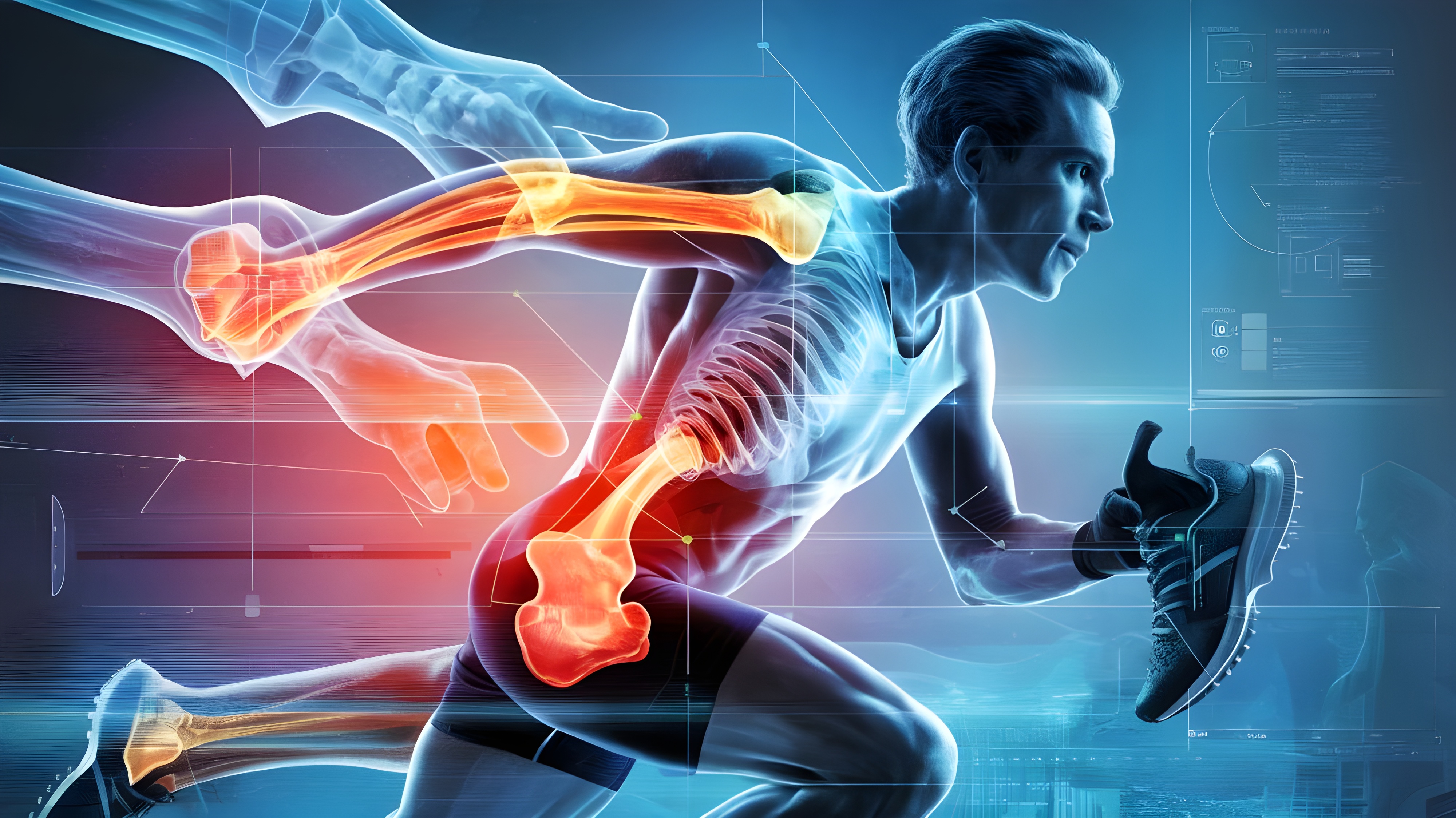
-
Rehabilitation after surgery:
-
After you have surgery like hip replacement, knee replacement, knee arthroscopy, rotator cuff repair etc., physiotherapist may help to reduce pain, normalize walking, improve range of motion, and prevent excessive scar tissue build up. It may also help to regain balance, strength and mobility.
-
Rehabilitation after acute injury: :
-
An acute injury is one that happens as a result of a single trauma to the body. If you sprain an ankle, tear your meniscus, or herniate a disc in your back, a physiotherapist can help you to –
-
Manage pain and swelling
-
Function with the weight bearing restriction, once doctor recommends
-
Regain as much as a range of motion as possible
-
Rebuild your strength
-
Learn how to move in ways that don’t make your condition flare up again
-
Rehabilitation after chronic injury:
-
A chronic injury is damage to the body that occurs over time, usually because of movement patterns have caused small, repetitive injuries to the tendons, bones or joints. For example: Shin splints, Carpal tunnel syndrome, Tennis elbow, Trigger finger, Trapezitis
-
Neuro Rehabilitation
-
Any brain injury or neurological disease result in functional disability of daily routine activities. But early intervention through neuro-rehabilitation can facilitate the recovery process through neuroplasticity.
-
Neuro-rehabilitation is a tailor-made and supervised program by physiotherapists for many neurological conditions like stroke, ataxia, spinal cord injuries, nerve injuries, myopathies, multiple sclerosis, guillain-barre syndrome, Parkinson's disease and more. The goal of neuro-rehabilitation is to give the highest level of function and independence to patients for routine lifestyle and social well-being.
-
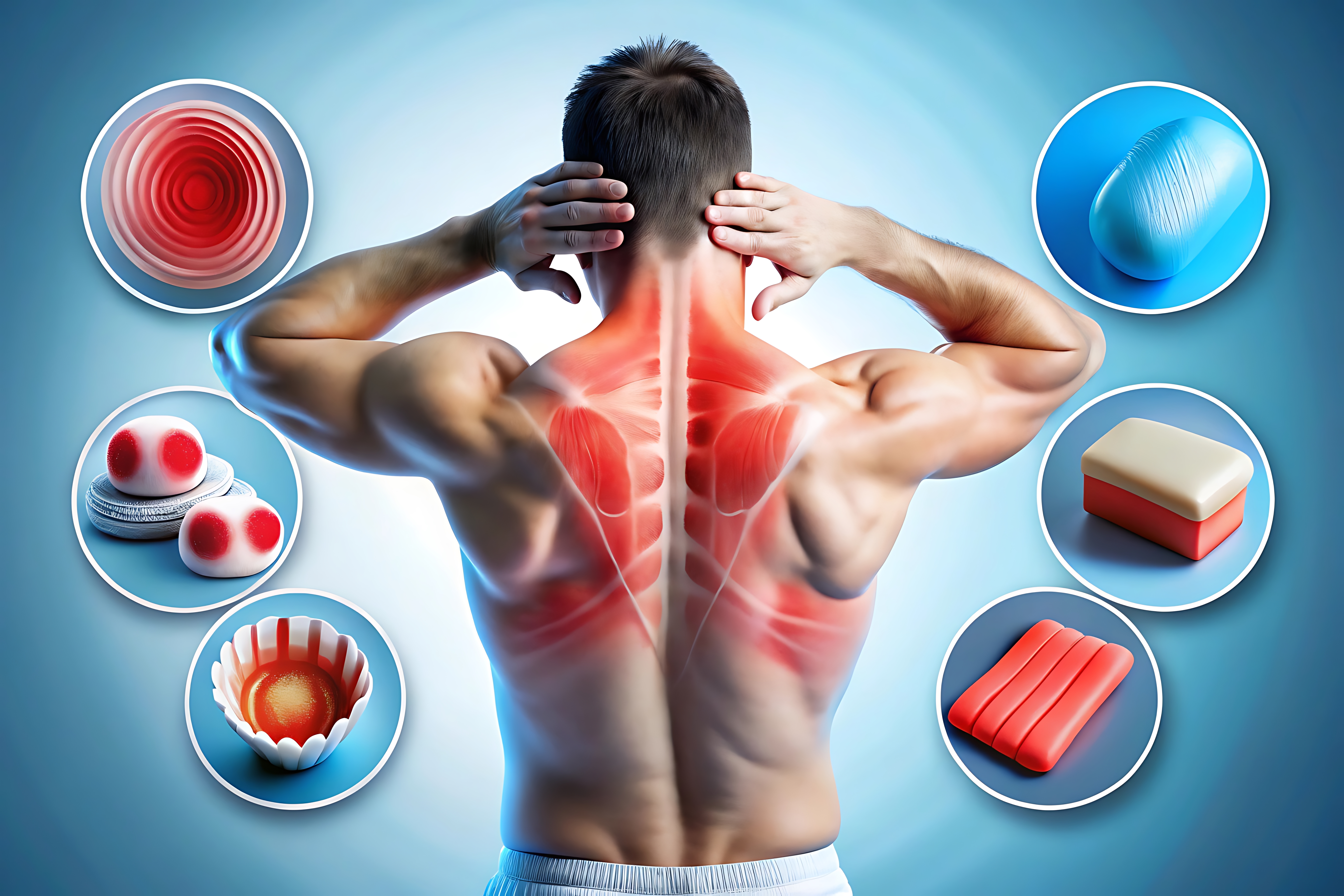
-
Robotics -Assisted Rehabilitation
-
A game-based rehabilitation training is developed to realise human-computer interaction and provide visual stimulation. It is based on the biofeedback principle.
-
We are providing an upgraded AI-based robotic system for the betterment of patients, who are having certain physical disabilities due to stroke, GBS, MG, MND, Cord injury, Critical Illness Polyneuropathy (CIP), Critical Illness Myopathy (CIM), etc. Well trained team of rehabilitation assesses the patient and designs a rehabilitation protocol according to the requirement of physical disability of the patient.
-

-
Transplant Rehabilitation
-
The solid organ transplant population is prone to muscle weakness, fatigue, extended hospitalisation and decreased functional mobility. Experienced transplant rehabilitation team focuses on mobility, endurance, activities of daily living, cognitive-communication, swallowing as well as management of daily routine post-transplant.
-
- We promote prehabilitation equally before the transplant for a better and speedy recovery of patients.
- Patients and family members are explained about the prehabilitation program in detail with the importance of it.
- We provide post-transplant rehabilitation in a customised way to help them get back into their routine lifestyle.
-

-
Onco Rehabilitation
-
Cancer and its treatment often cause physical, psychological and cognitive problems. These problems can make it harder to do daily activities or return to work.
-
Onco rehabilitation helps in the following aspects:
-
- Staying as active as possible and participating in work, family and other life roles.
- Reducing the side effects and symptoms of cancer and its treatments.
- To deal with pain, swelling, weakness and loss of strength, range of motion and flexibility issues, decreased endurance, fatigue, lymphedema, skin changes from radiation therapy, neuropathy or tingling, numbness in hands or feet, swallowing problems, cognitive problems, and more.
-
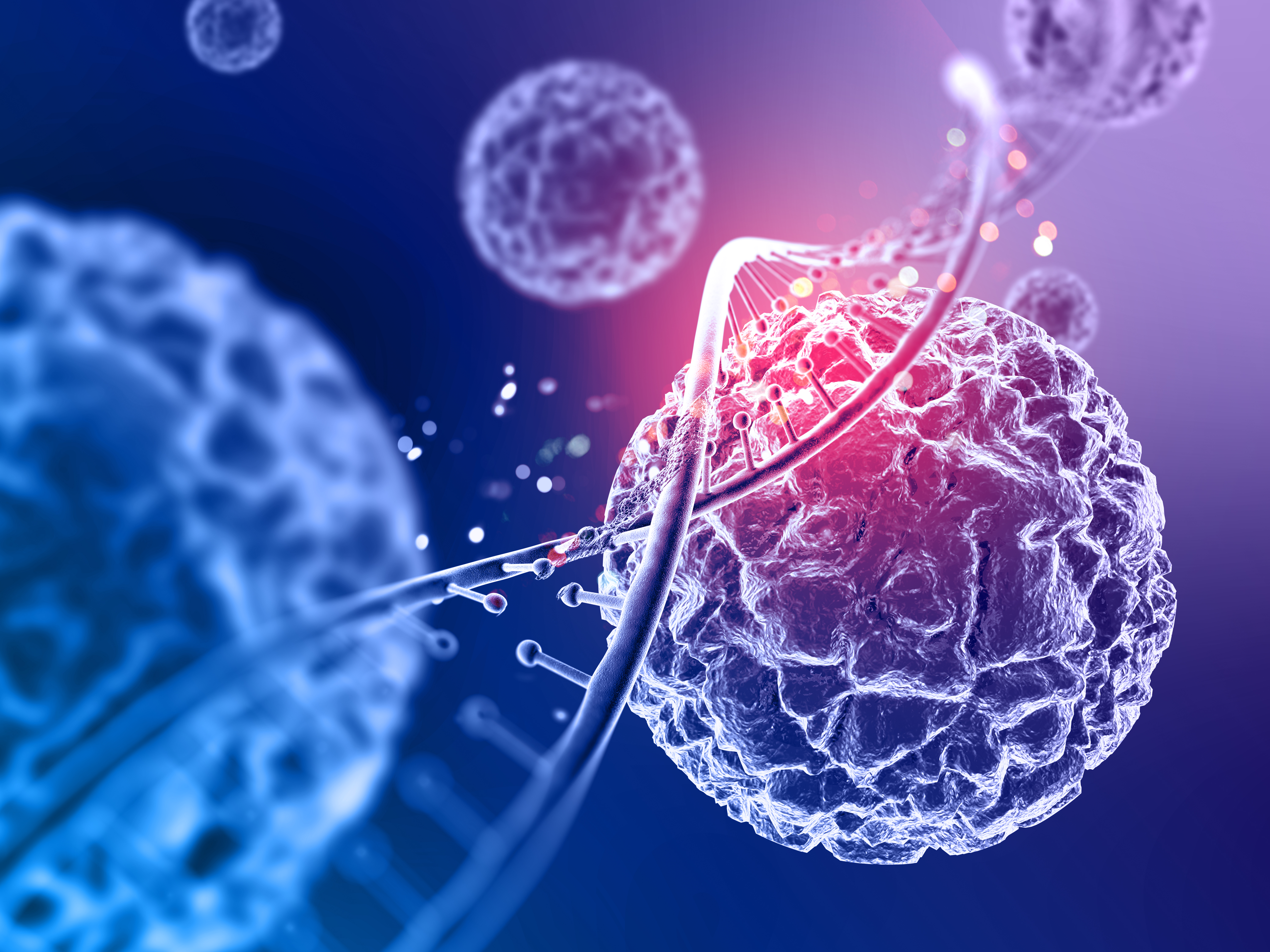
-
Pulmonary rehabilitation
-
Pulmonary rehabilitation helps to clear lungs with different lung clearance technique. It has different breathing techniques and respiratory muscle strengthening for proper breathing function. It also includes cardiac endurance gradually for better quality of life.
-
More than 90% of patients who undergo pulmonary rehabilitation spend fewer days in the hospitals.
-
- COPD patient
- Asthma patient
- ILD patients
- Lung transplant patient
- Improve quality of life t
- Reduce COPD symptoms
- Increase physical activity
-
When program ends:
-
Most pulmonary rehabilitation programs last for a few months. Progress will be measured at the end and later physiotherapist will prescribe exercise, breathing strategies and other activities to do on your own.
-
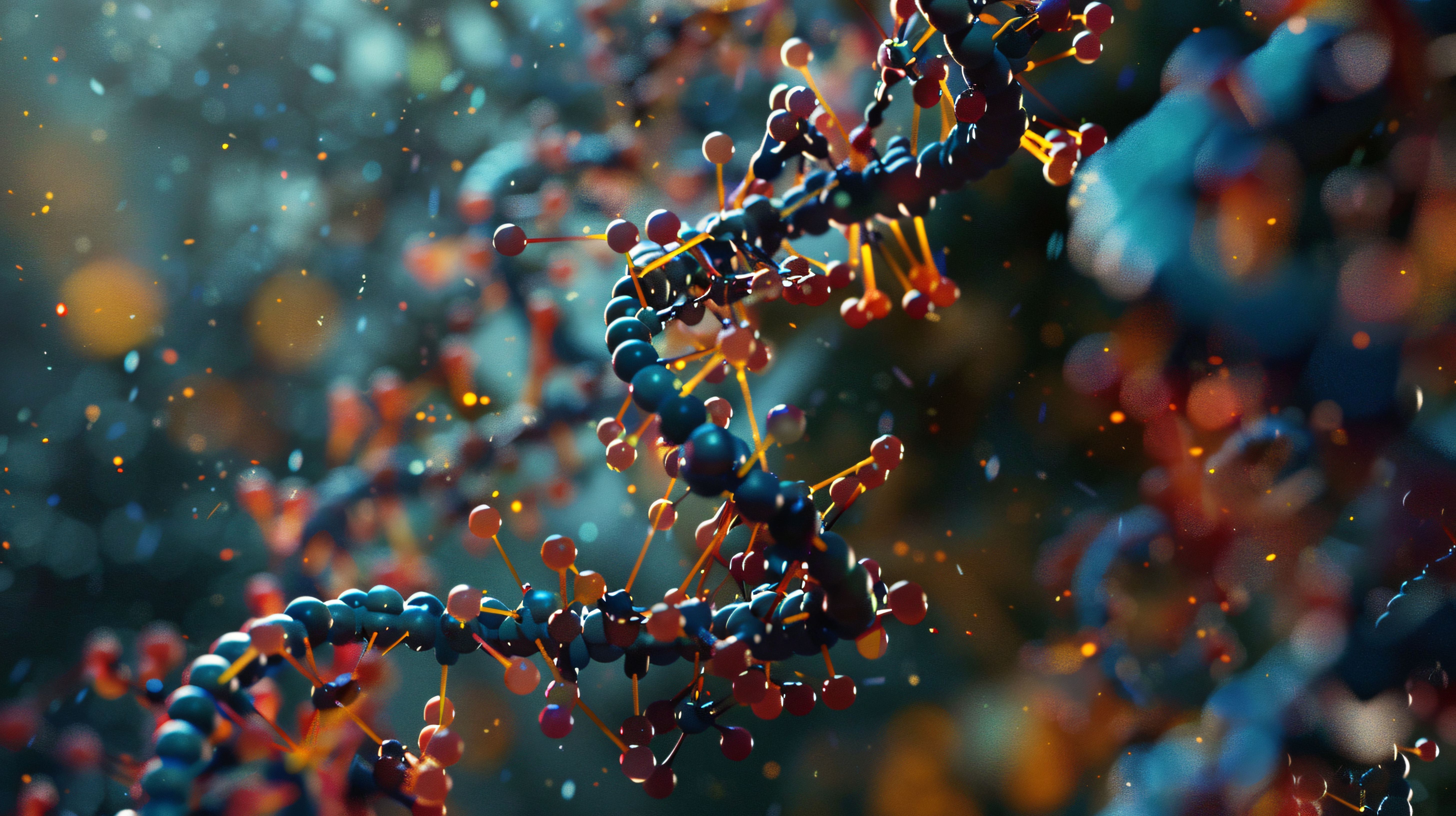

Search Doctor / Diseases
The Transplant Center of Gujarat
-
LIVER TRANSPLANT
-
200+ successful transplants done
-
A full-time dedicated team of 20+ members of Liver Transplant Surgeons, Hepatologists, Intensivists and Anaesthetists
-
Exclusive Class 100 Modular Liver OT and Liver ICU with strong infection control standards
-
KIDNEY TRANSPLANT
-
300+ successful transplants completed by the experienced and dedicated team of Senior Consultants in Nephrology and Urology
-
State-of-the-art 50 bed advanced Dialysis Centre with facilities for CRRT, SLED, HDF and CytoSorb
-
HEART TRANSPLANT
-
Highly experienced team of Heart Transplant Surgeons and Cardiologists
-
State-of-the-art infrastructure with exclusive Cardiac Critical Care Unit, ECMO Facility, Advanced Cath Lab and Left Ventricular Assist Device (artificial heart) Facility
-
BONE MARROW TRANSPLANT
-
200+ Haematopoietic Stem Cell Transplants at hi-tech BMT Unit
-
Highly experienced Haematologist, Intensivists and BMT-trained Staff, supported by Radiation Oncology Department with TBI treatment
